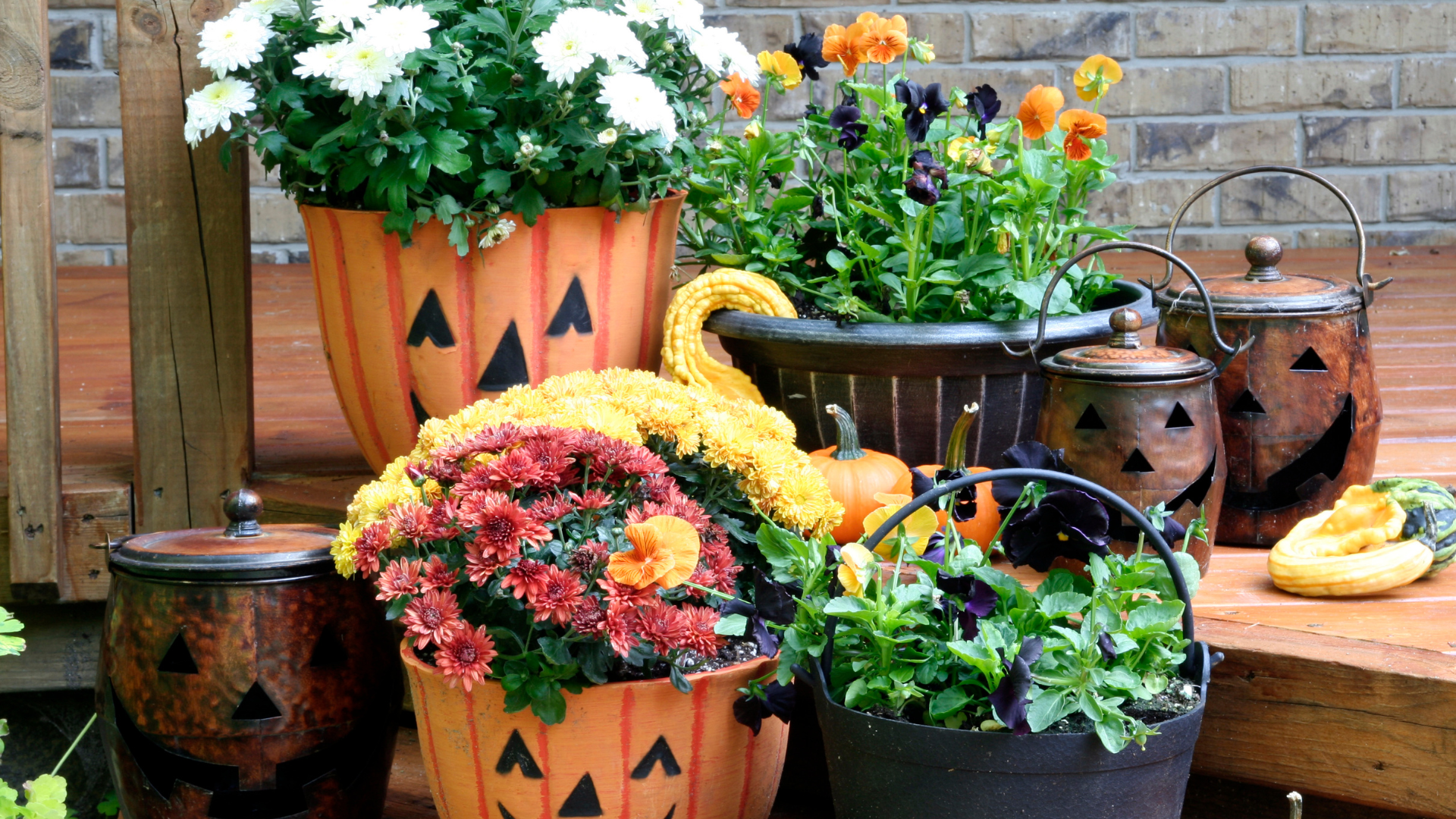
Before you head indoors for the majority of autumn/winter ensure your garden and plants have been properly cared for during the colder months.
Ou autumn gardening top tips…
Starting from the ground up
- Mow the grass
Grass will grow more slowly over the winter months, but it won’t stop completely. In a rainy climate autumn often brings increased rainfall, and waterlogging will make mowing a challenge even before the winter frosts set in, so be on the lookout for a dry day to get this job done.
- Deal with worm casts
While worms themselves can actually be good for your garden the soil without you having to lift a finger – the little piles of earth they leave behind on the lawn can be a real bugbear. Chances are, you’ll start to notice these reappearing from around September onwards. Left alone as the weather gets wetter, they can make a real mess of your lawn. Use a stiff broom to clear them, and be sure to choose a dry day to avoid turning those casts into mud.
Keep it clean
- Feed
For stronger, healthier grass come spring, now is the time to give your lawn a feed with an autumn lawn food. This will help strengthen the grass during cold and wet weather.
- Clean up your vegetable garden
Make sure sure any leftover crops are removed and all weeds are cleared.
- Bring vulnerable plants indoors
If you have tender or half-hardy plants in your garden, bring them under cover now to keep them safe from frosts.
- Clear debris
Whether it’s fallen fruit around a tree, or foliage from roses, now is the time to remove it. This will discourage disease and ensure that sunlight is getting through to the grass or plants below.
Planning ahead gardening
- Plant bulbs
Spring might seem far away now, but it’ll be here before you know it. So plant spring-flowering bulbs now. September is the best time to plant them, but any time in autumn is fine if you missed the early boat.
- Rehydrate
It’s easy to forget to keep the garden watered once the summer sun has cooled, but if the weather is still dry, your lawn and plants may well be thirsty. This is particularly true of plants growing in containers. Ensuring they’re hydrated now will help them withstand the extremes of winter weather.
- Store garden furniture
It might sound obvious, but you’d be surprised how many people neglect this step until it’s too late. Left to the elements, sun umbrellas will become discoloured and barbecues begin to rust. Suffering from a lack of garden storage? Consider purchasing protective covers – they’re relatively cheap, and a definite investment.
- Give ponds some attention
Remove any overgrown plants or weeds, and skim off fallen leaves. You could consider putting a net over the pond to keep the water leaf-free throughout the season.
It’s all about maintenance
- Repair fences
It’s easy to focus on the garden itself, and neglect the boundary. Get ready for autumn’s bluster by taking stock of wooden fencing. Pay particular attention to fence posts – if you catch potential problems early enough, a simple fence post repair kit can save you the time and effort of replacing an entire panel following a fall or winter storm.
- Get unclogging
Increased rain plus fallen leaves can be a recipe for clogged gutters and drains, so make a point of removing any built-up debris now to avoid trouble later.
- Replenish your bird feeders
Come autumn, our winged friends will begin to find natural food sources less plentiful. Give them a ready supply, and they’ll be sure to drop by, bringing a flurry of colour and life to your garden well into the winter and beyond.

